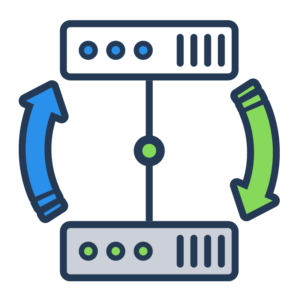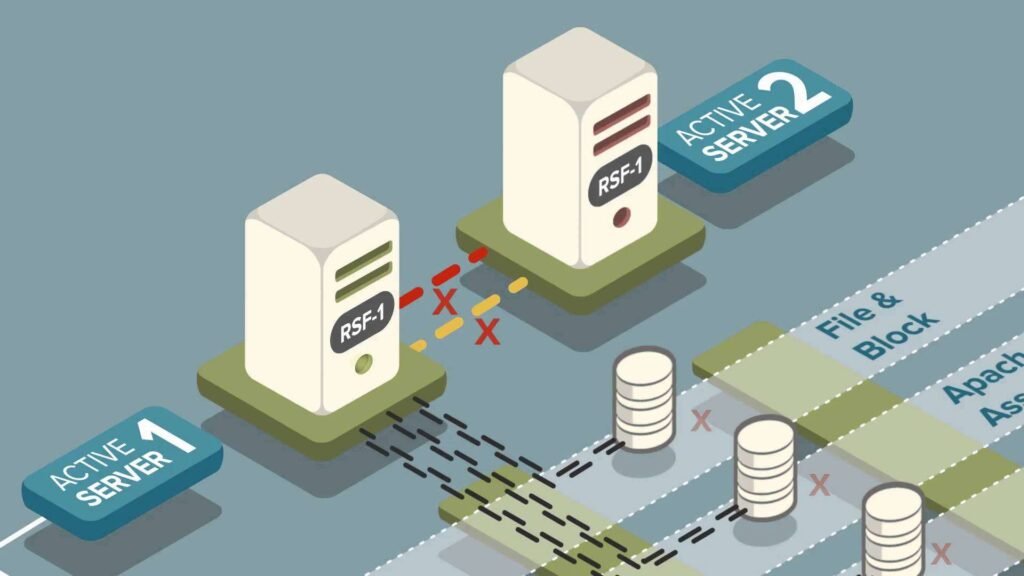High Availability
Highly available systems must be well-designed and thoroughly tested before they are used. All of the components are required to meet the desired availability level when planning one of these systems. In order to ensure that HA systems are able to meet their availability objectives, data backup, and failover capabilities play an important role. The technology used to store and access the data must also be carefully monitored by system designers.


How does high availability work?
Single points of failure
Reliable crossover
Failure Detectability.
Types of Availability
Active Active
Active Active
e – Multiple systems actively run and share the workload. If one system fails, other systems automatically pick up the workload. This type of HA requires more complex configuration and coordination among the systems but offers improved performance and scalability than a manual option.
Active Passive
Active Passive
A backup system is kept in a passive or standby mode, and only becomes active if the primary system fails. This method of failover protection sometimes requires manual intervention to switch to the backup system.
